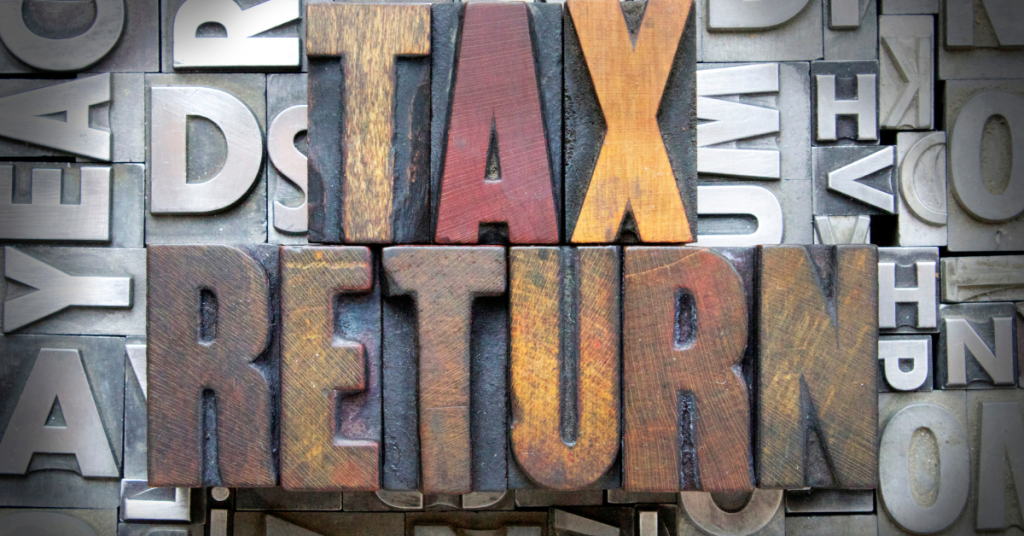How to Complete a Tax Return for Self-Employment
How tax self assessment works
Self assessment tax returns are available via HMRC’s online services. They’re free to file and there’s no deadline. You just need to make sure you complete the form correctly. If you don’t, it could cost you up to £1,000.
The annual tax return must include information about your income and expenses. This includes things like salary, dividends, interest, rent and mortgage payments. You’ll also need to provide evidence of how much you paid into your pension scheme.
You’ll need to declare the following items:
• Income earned during the previous calendar year
• Expenses incurred during the previous calendar year. These include everything from car repairs to travel costs.
• Any capital gains or losses arising from investments or shares sold.
If you’ve been paying National Insurance contributions, you’ll need to pay those too.
Want assistance filing your self-assessment tax return?
Self assessment tax returns are due April 30th and June 15th. You must file a return even if you don’t owe any money to the government. But there’s a £100 penalty for submitting it too late. And if you miss your filing deadline – April 30th or June 15th – HM Revenue & Customs (HMRC) will send you a reminder.
If you’re having trouble filling out your form, take a look at our handy guide.
How a tax accountant can be of service
Accountants are experts in accounting, finance, and taxation. They can help small businesses with bookkeeping, payroll, and other tasks. Tax professionals can advise clients on how to file returns correctly and avoid penalties. Accountants can also prepare personal income tax returns and offer general tax planning advice.
A good accountant can help you keep track of your finances and make sure you’re getting the most out of your investments. A skilled accountant can even suggest ways to reduce your tax bill.

Alternative methods of submitting your tax return
Tax software does all the hardwork for you. You just enter your income and expenses into the software, and it calculates how much tax you owe. You don’t even have to know what you’re doing – there are plenty of tutorials out there to help you along the way.
Spreadsheet software is free and simple to use. If you’ve ever used Microsoft Excel, you already know how to use spreadsheet software. It’s great for small businesses because it’s cheap and easy to set up.
A calculator is available online to help you calculate your taxes. This is useful if you want to make sure that you’re paying less tax than you think you are. Simply input your figures into the calculator and see whether you’ll end up owing money or getting a refund.
Accountants aren’t necessary if you’re filing your own tax return, although some people prefer to go down this route. However, accountants do cost money and they’re usually better suited to larger businesses.
There are many ways to file a tax return. Some people choose to file electronically while others prefer to use paper forms. For example, you could download a form onto your computer and print off copies to send to HM Revenue & Customs. Alternatively, you could pay someone to prepare your tax return for you.
Frequently Asked Questions
How to complete a tax return for self-employment
The second part of a self assessment tax return is known as the SA100. This contains information about taxable and untaxed income such as interest, dividends and pensions. If you earn less than £50,000, you don’t need to complete the SA100. However, if you earn over £50,000, it’s worth completing it. You’ll find out how much money you owe to HM Revenue & Customs (HMRC).
You’ll also see what deductions you’re entitled to claim against your earnings. For example, if you’ve paid National Insurance contributions (NICs), you might be able to deduct those payments from your tax bill.
If you’re claiming child benefit, you can use the SA100 to show that you’ve paid NICs into the system.
What details will I require in order to complete a self-assessment tax return?
If you haven’t filed a self assessment tax return for the current tax year, it might seem like a big job. So we asked our experts to explain what information you’ll need to include, how much money you’ll owe, and whether you’ll need help filling out the form.
You’ll need to provide:
– your 10-digit Unique Taxpayer reference (UTR), which is found on your bank statements and utility bills
– your National Insurance Number
– details of your taxable income from the previous tax year, including income earned from self-employment, dividend payments and interest on shares
– details of your personal expenses such as mortgage repayments, council tax, childcare costs and travel.






